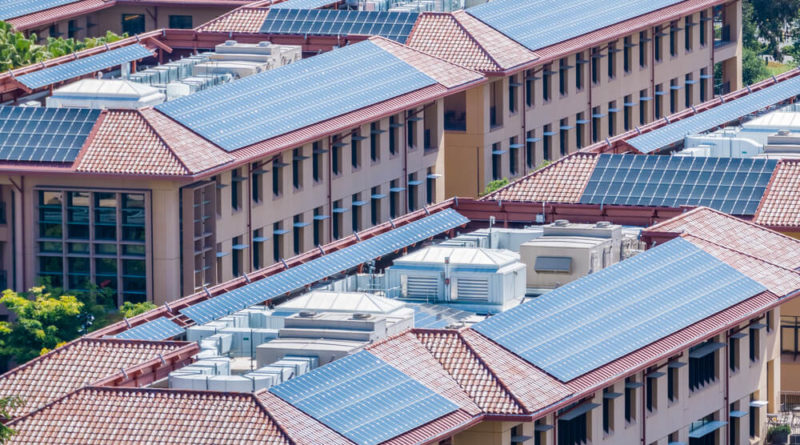California’s Route to 100% Renewables Boosted by Landmark Solar Mandate for New Homes
 California is paving its own Green Path
California is paving its own Green Path
A requirement for new homes built in California starting in 2020 to include solar rooftop panels is now formally part of the state’s building code following approval of the state energy panel’s plan by the California Building Standards Commission, last week. This pioneering move will definitely help other cities and states learn from the California experience, as building codes worldwide become a key area to combat and mitigate climate change.
The approval by the commission came, as a result, of a unanimous 8 to nothing vote. Making California the first state in the US to make it compulsory for new homes from 2020 to come with solar-energy installations. The mandate will cover most homes from single-family homes as well as multi-family residential buildings up to three stories, including condos and apartment complexes.
However, with the change in the rule, many have raised a concern with the expected increase in the cost of building new homes and perhaps scrape away the home affordability factor across the state. The mandatory solar installations on an average are expected to increase to the cost of new houses by around $9500. However, according to the California Energy Commission, each household is expected to make $19,000 in energy savings over a 30-year period, to offset the additional initial investment. Back in May, the energy policy and planning agency approved the requirement for solar panels for most new California homes built starting in 2020.
The state estimates that the new solar standards mandated to residential and commercial buildings could save California residents and businesses millions in energy costs.
“While per capita electricity consumption in the U.S. has increased steadily over the last 40 years, California’s per capita consumption has remained flat, due in large measure to building and appliance efficiency standards,” California Energy Commission Executive Director Drew Bohan said. “The new standards presented today will guide the construction of buildings that will continue to keep costs down, better withstand the impacts of climate change, and reduce greenhouse gas emissions.”
In September, Governor Jerry Brown signed the SB100 bill, putting California, the 5th largest economy in the world after the U.S., China, Japan, and Germany on the route to becoming a 100 percent renewable energy grid by 2045. These renewable first moves come at a time when President Trump has all but decried the renewable energy movement, a direct consequence of his alleged ‘skepticism’ of climate change itself.
“California is committed to doing whatever is necessary to meet the existential threat of climate change,” Brown said at the time. “This bill, and others I will sign this week, help us go in that direction. But have no illusions, California and the rest of the world have miles to go before we achieve zero-carbon emissions.”





